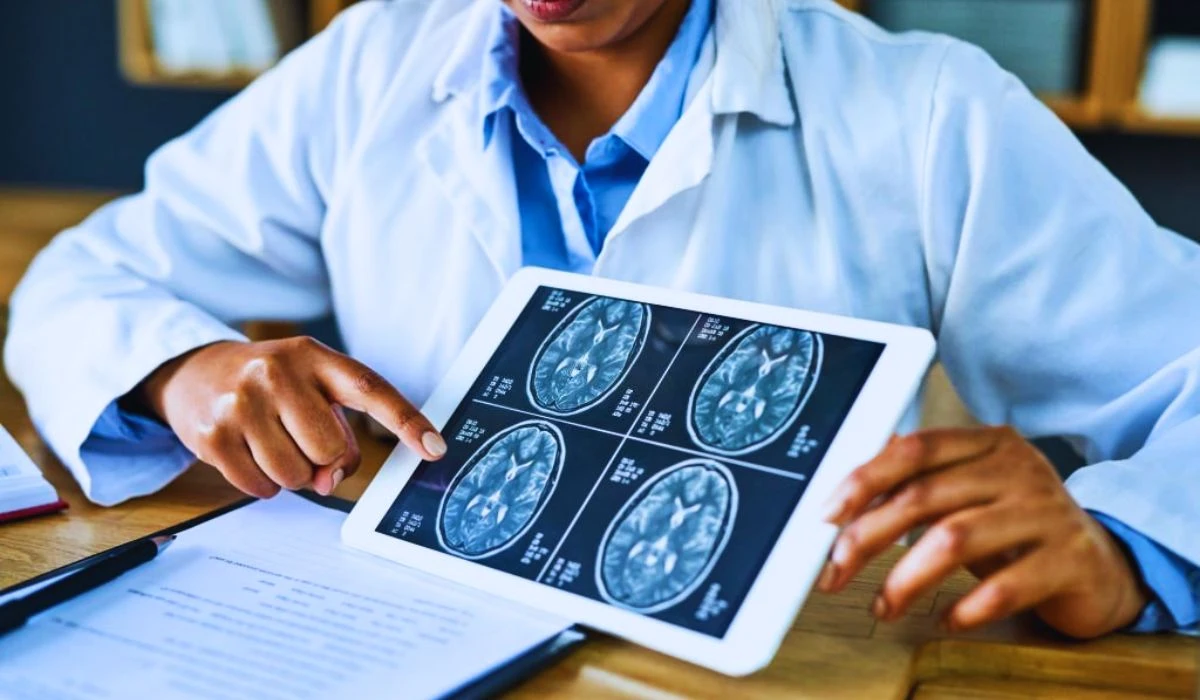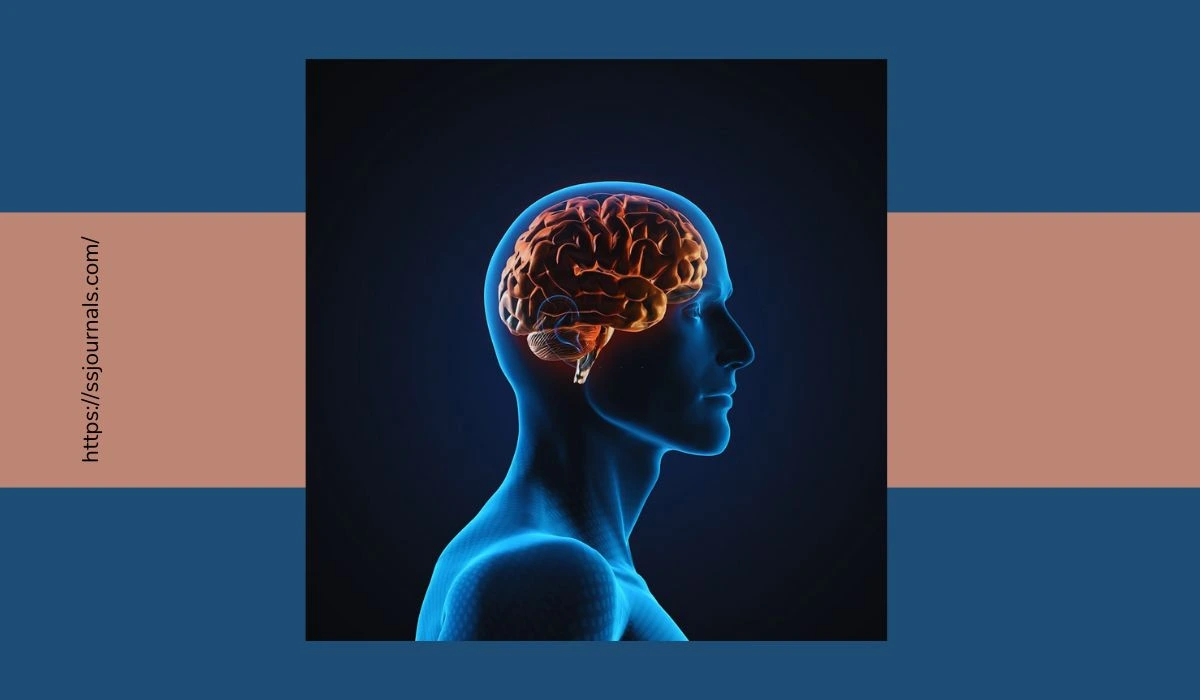Deep brain stimulation (DBS) is an innovative surgical treatment that has provided life-changing benefits for people with movement disorders such as Parkinson’s disease, essential tremors, and dystonia.
DBS has emerged as a useful therapy option for certain psychiatric disorders as well. This article will explain what deep brain stimulation is, how it works, and its benefits, and address some frequently asked questions.
What Is Deep Brain Stimulation?
Deep brain stimulation involves implanting thin wires with electrodes at their tips into specific areas of the brain. These wires are connected to a small pacemaker-like device called a neurostimulator that generates electric impulses. The electrodes deliver mild electrical stimulation to the targeted areas in the brain which control movement and behavior.

The neurostimulator is programmed by the doctor to deliver electrical stimulation in specific patterns. It can be turned on and off and even adjusted as per the patient’s symptoms. Unlike permanent and irreversible brain lesioning surgeries of the past, DBS is reversible and adjustable. The stimulator settings can be changed as needed over time.
Also Check: 10 Ways To Keep Your Brain Healthy – Benefits & Precautions
How Does Deep Brain Stimulation Work?
During DBS surgery, the neurosurgeon first uses imaging techniques like MRI and CT scans to identify the precise brain target area that will be stimulated. The common targets for movement disorders are the thalamus and basal ganglia structures.
After the target region is identified, the neurosurgeon drills a small opening in the skull and inserts the electrodes down into the target nuclei. The electrode tips are positioned within the targeted structures, guided by both neuroimaging and microelectrode recordings of brain cell activity.
Once the electrodes are in position, they are connected to the neurostimulator device, which is implanted under the skin near the collarbone. An extension wire runs from the stimulator to the electrodes in the brain. Over the next days and weeks, the neurostimulator is programmed with optimal stimulation settings for the patient’s condition.
When turned on, the DBS device sends continuous mild electrical pulses to the electrodes which then deliver stimulation to the surrounding neural tissue. This stimulation modifies and overrides the abnormal neural activity in the brain structures that is responsible for symptoms. Thus DBS helps restore normal function.
Read More: What Is Stage 4 Brain Cancer? Brain Cancer Stage 4 What To Expect!
Benefits Of Deep Brain Stimulation
For Parkinson’s disease, DBS dramatically improves motor function by reducing slowness, stiffness, trembling, and balance problems. It enables better control of involuntary movements and can reduce the amount of medication required. DBS also helps with gait and posture.
DBS is highly effective for controlling tremors in essential tremors. It improves hand and arm function and allows patients to eat, drink, write, etc. much better. DBS therapy for dystonia can provide substantial relief from involuntary muscle contractions and spasms.
DBS is also being studied for treating psychiatric disorders like OCD, depression, and Tourette syndrome. It can reduce obsessive thoughts and compulsive behaviors or provide mood stabilization in some cases when medications are ineffective.
While DBS may not cure these movement and psychiatric conditions, it can significantly improve a patient’s quality of life when medications alone provide insufficient relief from symptoms. It has fewer side effects than some medications as it targets specific brain sites. The stimulation is adjustable and reversible.
Conclusion
Deep brain stimulation is an important advance in the treatment of movement and behavioral disorders. By delivering targeted electrical stimulation to specific brain regions that control movement and behavior, DBS can effectively treat symptoms not relieved by medication alone.
This adjustable and reversible therapy has benefitted many people with Parkinson’s disease, essential tremor, dystonia, and certain psychiatric conditions. Ongoing research aims to make DBS therapy accessible for more neuropsychiatric disorders.
FAQ
A: DBS surgery is done under local or general anesthesia. First, the neurosurgeon drills a small opening in the skull and inserts electrodes into specific brain nuclei. The electrode tips are carefully positioned using neuroimaging and microelectrode recording. Extension wires connect the electrodes to the neurostimulator implanted near the collarbone.
A: No, the stimulator is entirely under the skin, usually below the collarbone. Only a small bump may be visible at the stimulator site.
A: Yes, the DBS device can be turned off or even removed. Turning it off reverses the effects, while removal is only done if there are side effects or infections.
A: Risks include infection, bleeding, stroke, device issues, and stimulation side effects. But serious complications are uncommon when performed by experienced neurosurgeons at specialty centers.
A: The cost of DBS surgery, device, and programming ranges from $50,000 to $100,000 overall. But the benefits are well worth the costs for most patients. Insurance usually covers most DBS expenses.

